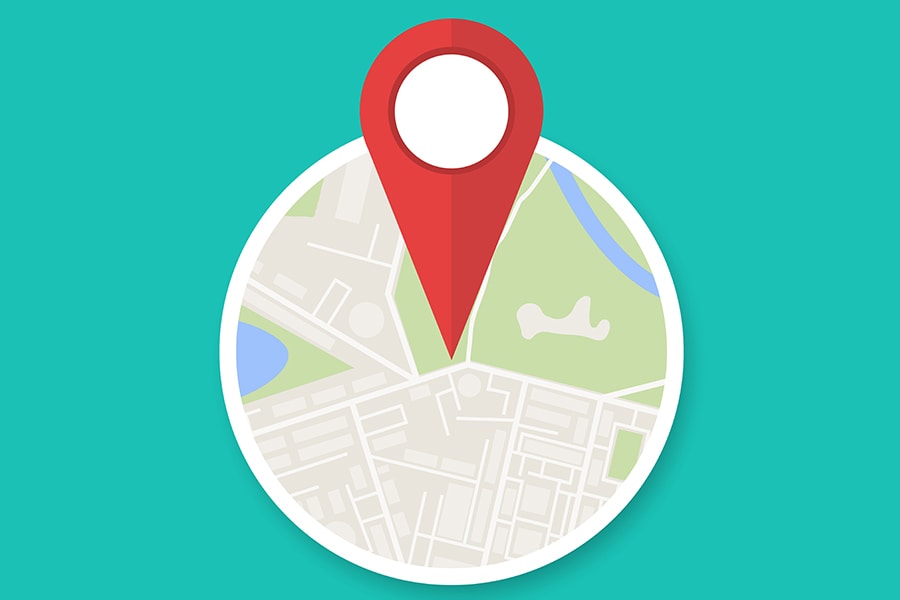
Geolocation is changing the retail business model yet again
And maybe that's why Amazon is moving into bricks-and-mortar

Image: Shutterstock
In category after category, Amazon has steadily eroded the market share of traditional bricks-and-mortar retail chains, which seem to be in a state of irreversible decline.
Much of the online giant’s competitive advantage is based on its access to and mastery of rich customer data. Traditional retailers know relatively little about their customers, unless they have a loyalty card and actually buy something – and even this knowledge comes late, after a purchase is made. They have no way to cross sell, recommend new products, or target advertising. Unlike Amazon, they can’t tell if a potential customer visits the store or passes by it without buying anything.
But all that is about to change because traditional retail is starting to wake up to the potential of geolocation, which is giving the new wave of data analytics companies ways to help bricks-and-mortar retailers make up for the data deficit.
Take San Francisco based BaySensors.com. This company has a product that picks up signals sent by mobile phones, allowing a store to track customers’ movements around and within a store. The store can identify repeat visitors and keep a record of their in-store behaviour—like a physical cookie.
Then there’s Apple’s iBeacon technology, launched last December, which can send consumers geo-located messages about special offers, unique offers, or discounts at shops close-by. Like BaySensors, iBeacon offers bricks-and-mortar retailers a way to replicate digital functionality.
But perhaps the most interesting development in this trend is Flayr, which has launched a test in Paris that could become the next big hit in retail. The Flayr model draws on online recommendations of people in a consumer’s social media network, combining it with online personal information about the consumer, to draw a potential customer’s attention to particular products and where they can be purchased. In effect, Flayr uses data analytics to bring the customers to the product.
What is new with the geolocation feature is that you know exactly when and where the potential customer is ready to shop. Experiments such as those we’ve described suggest that there are two distinct approaches.
Virtual browsing. When you walk close to a certain store, the brand pushes special offers and discounts to your smartphone in a tailored display, a virtual shop window but one that’s fully aligned with your tastes. Why is it so important? You may not have the time to stop and shop at that specific moment. You may not be in the mood. But later and in a quiet cafe, you can review the offers, select what you like, and go buy them.
Context-driven marketing. The retailer can make its product relevant and essential for the users by pushing the offers in moments and places they need them. A retailer group could, for example, tell whether a customer was in Tenerife or Verbier during the Spring break and then push beachwear or skiing products that were available nearby. At present, push marketing that comes in by the phone is not at all smart and surveys show that many consumers find them irrelevant and even annoying. Geolocation technologies like Flayr’s can change this.
These new companies are changing the retail paradigm yet again. Geolocation can tell a retailer precisely when and where which customers might be persuaded to buy which products. Bundling this capability together with information from those customers’ social media networks, the new business model of Flayr offers an alternative to the online catalogue model provided by the likes of Amazon. The barriers to entry that Amazon.com has raised are difficult and expensive to overcome only if you accept that Amazon’s model is dominant. But these new technologies offer bricks-and-mortar stores a way to compete using their existing assets, if they’re smart enough to seize the opportunity.
The window may not be open that long, however. Amazon.com has just announced the opening of its own first bricks-and-mortar store in New York City.
Serguei Netessine is Professor of Technology and Operations Management at INSEAD. He is also The Timken Chaired Professor of Global Technology and Innovation and Research Director of the INSEAD-Wharton Alliance. He is a co-author of the book The Risk-Driven Business Model: Four Questions that Will Define Your Company (Harvard Business Press, 2014). You can follow him on Twitter @snetesin.
Karan Girotra is an Associate Professor of Technology and Operations Management at INSEAD and co-author of The Risk Driven Business Model: Four Questions That Will Define Your Company. He teaches the Identifying New Business Models module, part of INSEAD’s MBA programme and the EMBA module called Key Management Challenges where classes engage in experimental workshops combining approaches to entrepreneurship and innovation. Twitter: @Girotrak
Christophe Pennetier, is a PhD Student at INSEAD. He focuses his research on start-ups and business model innovation. You can follow him on Twitter @cpennetier and on Google Plus at +ChristophePennetier.
[This article is republished courtesy of INSEAD Knowledge, the portal to the latest business insights and views of The Business School of the World. Copyright INSEAD 2024]




